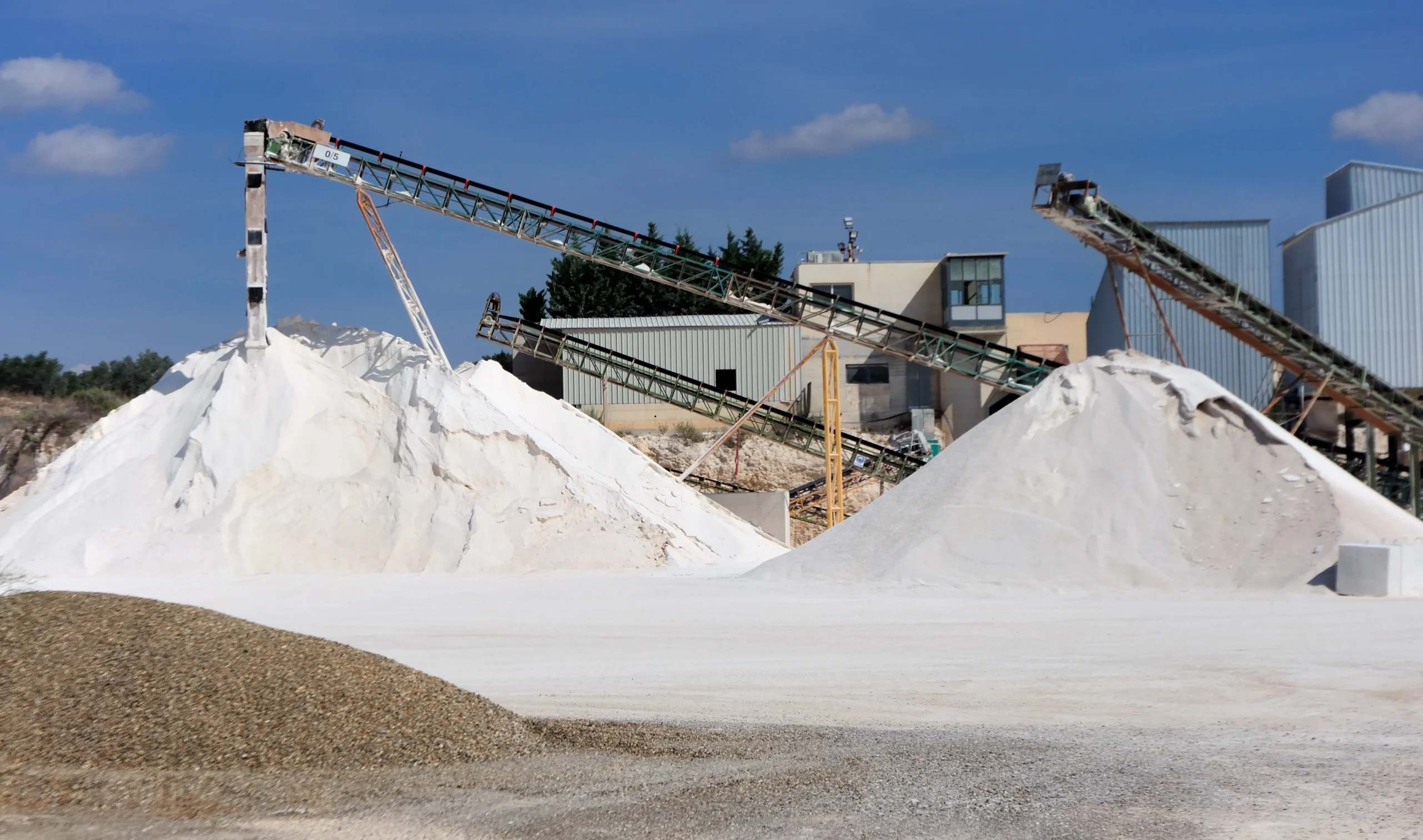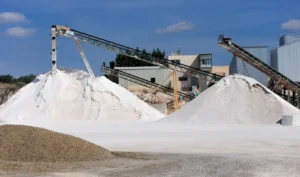
Uses for Limestone in Construction
- Limestone
Limestone is one of the most versatile and widely available construction materials. It has been used for centuries from the pyramids of Egypt to the Empire State Building, and continues to be a cornerstone of modern construction.
Below we will review the applications and uses of limestone, its benefits in construction, and ideas for how to incorporate it into your home improvements.
Forms of Limestone
Limestone is a sedimentary rock that is found globally, most often in shallow water regions. It is mainly made of calcium carbonate, but can contain several other minerals that affect both how it is used and the look of the finished product. The following are the main forms and uses of limestone:
Architectural Stone
As limestone is both strong and durable, it is an excellent masonry stone to be used in building construction. Throughout history, it has been used to make up the main walls and support structures of residential, commercial, historic, and monumental buildings around the world. It can also be used for flooring, support beams, cornerstones, pillars, facades, and other structural features.
Decorative Stone
Limestone ages beautifully with minimum wear, and the decorative features of many buildings utilize limestone. Limestone can be used for sculptures, aesthetic wall and door features, balustrades, columns, fireplaces, plaques, landscaping stones, and other decorative elements. It is often chosen to cover step risers, landing areas, and foundation walls to provide a finished look.
Limestone Aggregates
While limestone certainly features prominently as a primary building stone, it is even more widely found as an aggregate with other materials in construction. For example, limestone is often crushed and mixed into the base for roads and driveways, Plaster of Paris is made with limestone, and its granules are also mixed into some roofing materials.
Chalk and Other Industry Uses
Limestone chalk has fine grains and is very soft, so it can easily be made into a powdered form. The purified form of this powder is called whitening, and it has applications from paints to rubber to ceramics to cosmetics.
As for other applications, limestone can be manufactured into quicklime and slacked lime, which are used in a multitude of industries. Limestone is a common source of calcium supplementation in livestock feed, and it is also used in making medications and cosmetics. It is a natural reagent, and is used to strip impurities in metal processing. It also features prominently in glass making – among many other applications.
Benefits of Limestone
Now that you know more about how limestone is used, let’s take a deeper look into its qualities and benefits.
1. Exceptional Durability
Of all the natural building materials, limestone is one of the most durable. It will maintain structural integrity over time without weakening or crumbling, and it is overall very weather resistant. Some surface corrosion will occur over time, as with most materials, but with limestone it is only ever superficial and very little maintenance is required to keep it looking great. As an added bonus it is also heat and fire resistant and can help compartmentalize fires.
2. Aesthetics
As discussed, limestone can be shaped into a multitude of different decorative shapes, statues, columns, and designs, which can elevate the aesthetics of any building. The look of the stone is timeless, which allows it to be used in modern architecture, historic restoration, and everything in between. Even better, the color of limestone does not significantly change as it ages.
3. Cost
With all of the versatility and benefits of limestone, you would think it costs a fortune to work with – but it is actually a very cost-effective material. This is mostly due to its abundance and workability. Limestone is found so readily in so many parts of the world that it is easily sourced. This makes it more eco-friendly than some other building materials, since it does not often need to be transported over long distances and it is also sustainable. To further increase its cost effectiveness, limestone is soft enough that it can be shaped and molded without requiring specialized equipment or skill sets.
How to Use Limestone in Home Improvements
Limestone may sound like a heavy-duty construction material, best left to the contractors and masons. However, there are many ways that you can utilize limestone in your home improvements without calling in any professions
Patio and Garden
One of the easiest ways to incorporate limestone into your home’s look is on the exterior. Many pavers are made of limestone, and you could give your yard space a facelift with ease with a new limestone paver base or a garden walking path.
Limestone tiles are also available in a variety of shapes and designs, and you could use these to line an outdoor shower, give your retaining wall or divider a new facade, or modernize your pool deck.
Kitchen, Bath, and More
You can bring limestone into your interior bathroom and shower as well as the exterior. Limestone is both mold and bacteria resistant which makes it an excellent choice for damp environments. You can use limestone tiles to line your shower or tub space, you can use limestone flooring, or you can do a half or full stone wall. The possibilities are endless.
In the kitchen, limestone makes an elegant and durable backsplash. You can also make a statement stone wall in your living room, turn your fireplace into a work of art, or even add a statue to your decor.
Limestone is an incredible building material, and it has been utilized since the ancient civilizations to build everything from architectural wonders to chic and modern homes. Limestone is plentiful, durable, and aesthetic, and best of all it is a cheaper option than some other materials for construction and decoration.
The industrial and commercial applications of limestone are extensive, and you can find limestone or its aggregates almost everywhere. In the home, you can use limestone to elevate your outdoor space and bathrooms as well as your kitchen, fireplace, and beyond.
References
https://stonecenters.com/blog/reasons-to-go-for-limestone-for-your-next-building-project
https://worldofstonesusa.com/blogs/all/what-is-limestone-how-it-formed
https://www.stamfordstone.co.uk/how-is-limestone-used-in-a-building
https://www.cupastone.com/how-limestone-is-used-in-building/
https://artisanexterior.com.au/explore/use-limestone-building-material
Recent Post

Uses for Limestone in Construction

